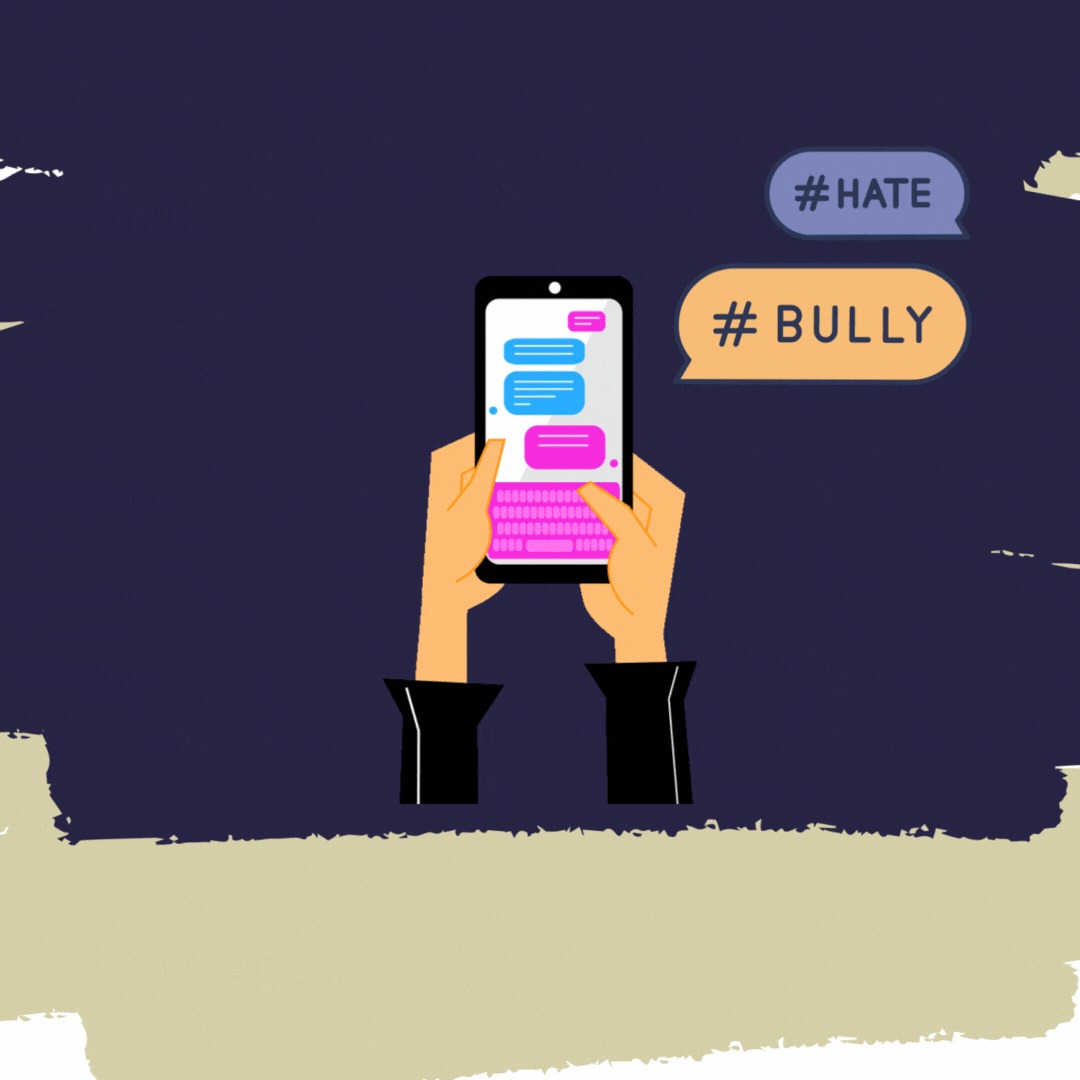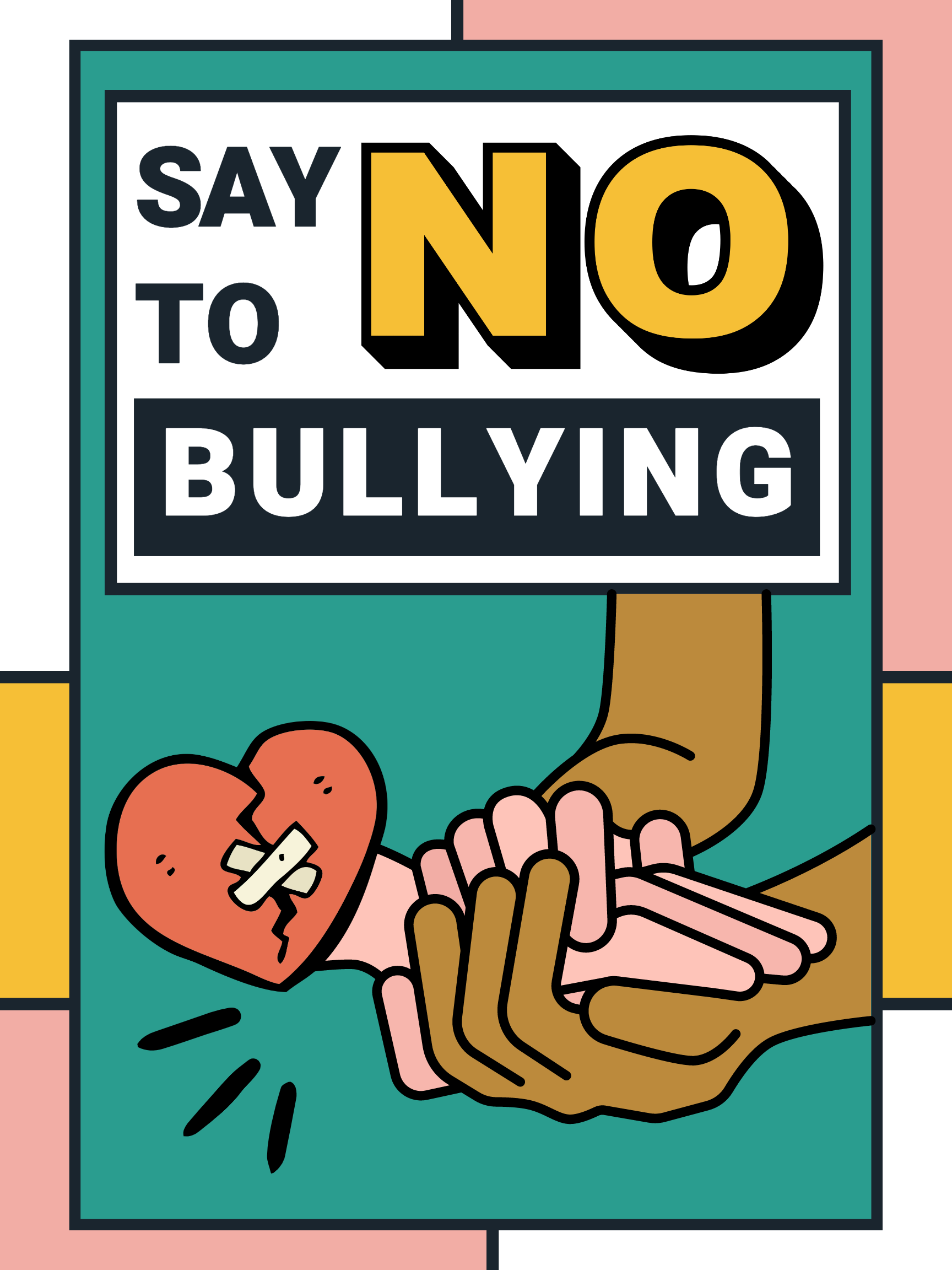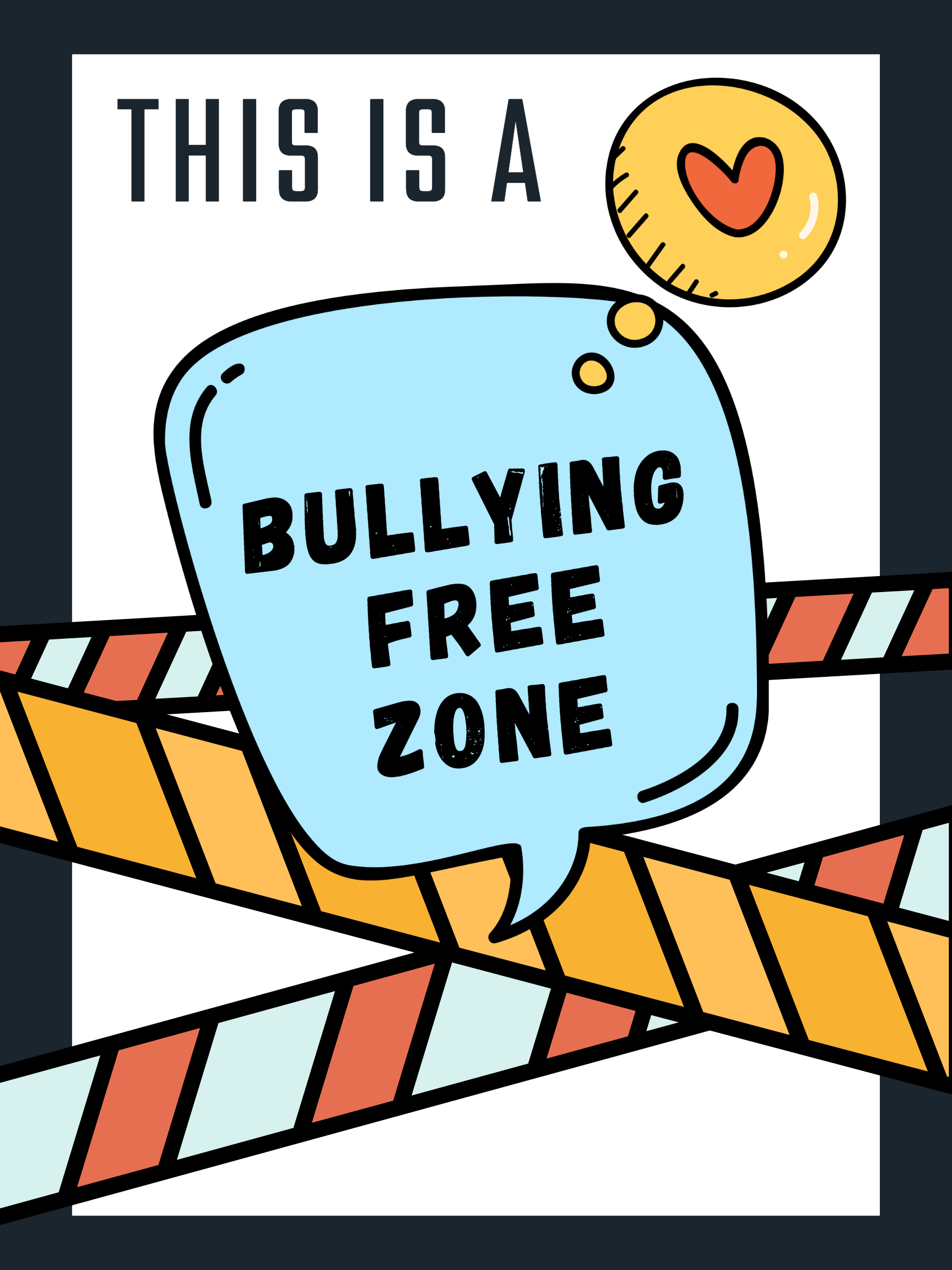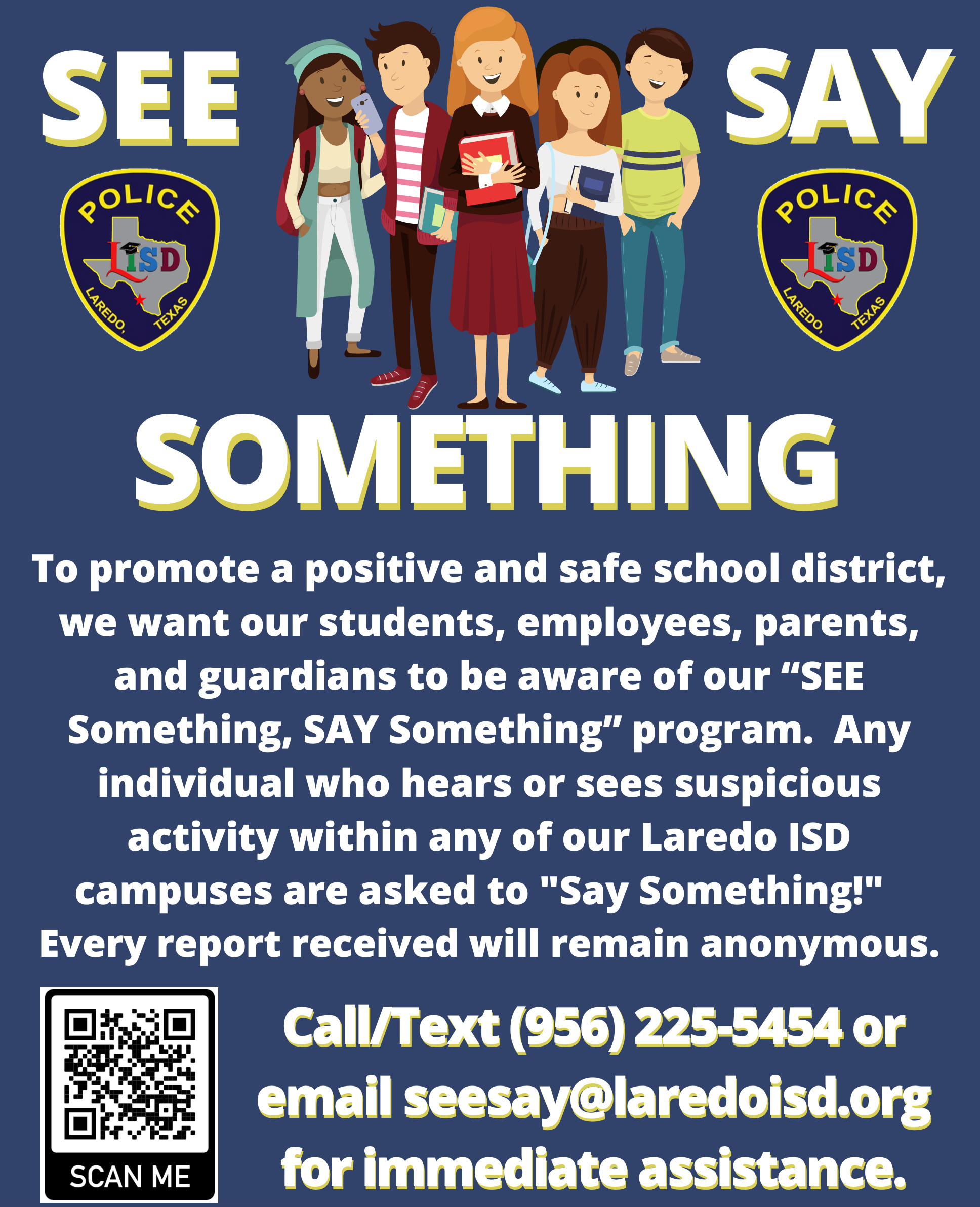
What is bullying?
Bullying: TEC Sec.37.0052 (b) defines bullying behavior as:
1. Engages in bullying that encourages a student to commit or attempt to commit suicide;
2. Incites violence against a student through group bullying; or
3. Releases or threatens to release intimate visual material of a minor or a student who is 18 years of age or older without the student's consent.
Bullying is defined in Section 37.0832 of the Education Code as a single significant act or a pattern of acts by one or more students directed at another student that exploits an imbalance of power and involves engaging in written or verbal expression, expression through electronic means, or physical conduct that:
1. Has the effect or will have the effect of physically harming a student, damaging a student’s property, or placing a student in reasonable fear of harm to the student’s person or of damage to the student’s property;
2. Is sufficiently severe, persistent, or pervasive enough that the action or threat creates an intimidating, threatening, or abusive educational environment for a student;
3. Materially and substantially disrupts the educational process or the orderly operation of a classroom or school; or infringes on the victim's rights at school.

Bullying is prohibited by the district and could include:
Hazing
Threats
Taunting
Teasing
Confinement
Assault
Demands of Money
Demands of Property
Theft of Valued Possessions
Name-Calling
Rumor-Spreading
Ostracism

Cyberbullying is defined as by Section 37.0832 of the Texas Education Code as bullying that is done through the use of any electronic communication device, including through the use of a cellular or another type of telephone, a computer, a camera, electronic mail, instant messaging, text messaging, a social media application, an internet website, or any other internet-based communication tool.

Cyberbullying is defined in state law as bullying that is done through the use of any electronic communication device, including through the use of:
A cellular or another type of telephone
A computer
A camera
Electronic mail
Instant messaging
Text messaging
A social media application
An internet website
Any other internet-based communication tool
What can I do as a parent if my son or daughter is a victim of alleged bullying?
If you suspect that your child or any other student is a victim of bullying, LISD has an electronic reporting bullying incident form that can be accessed with the link below, or you can go to the campus where the incident occurred to report it to a counselor or administrator. If you prefer to remain anonymous, the forms are readily available at the campus front desk, or you may use the online anonymous reporting form in the link below. The administrator will investigate the incident to determine if the act or pattern of acts meets the definition of bullying described by the Texas Education Code.

Conversation Starters...
What does bullying mean to you?
What is lunchtime like at your School? Who do you sit with, what do you do, and what do you talk about?
What’s it like to ride the school bus? Tell me about it.
Have you ever been scared to go to school because you feared being bullied? What have you done during those times?
Now that we are talking about bullying, what can I do to help?
What do you usually do when you see bullying going on?
Would you be willing to tell someone if you had been bullied? Why? Why not?
What are some good qualities about yourself? Let’s talk about why feeling good about yourself is so important.

How to Address Bullying As a Parent

Focus on your child. Be supportive, listen and gather information about the incident. Try doing an activity while talking, such as walking, cooking, or riding a bike.
Never tell your child to ignore bullying. What your child may “hear” is that you are going to ignore it. If your child could ignore it, they likely would not have told you about it. Often, trying to ignore bullying allows the situation to become more serious.
Contact your child’s teacher or principal to report bullying and learn about the school’s bullying prevention plan. Provide specific details and then ask for the next steps from this school. Follow up.
Keep your emotions in check. Give factual information about your child’s bullied experience, including who, what, when, where, and how.
Help your child become more resilient. Talk to your child about being friends with certain people and knowing about friendships. Support positive relationships by encouraging them to hang out with kids that make them feel good about themselves.
Cyberbullying...
Ask your child questions, maintain an open dialogue
Keep computers in a common area.
Talk about your expectations regarding acceptable online behavior before they receive the privilege. Behavior online should be the same as what you would do in person or in front of someone you respect.
Make agreements and set boundaries about accepted use and behavior for online/phone communication. Often youth don’t tell their parents because they fear losing technology privileges.
Help the child think through how the information they put online reflects on them.
Inform youth about legal limits and future consequences of harmful posting online or by phone
Ask your child to teach you about programs and technologies you don’t understand or are unfamiliar with.



